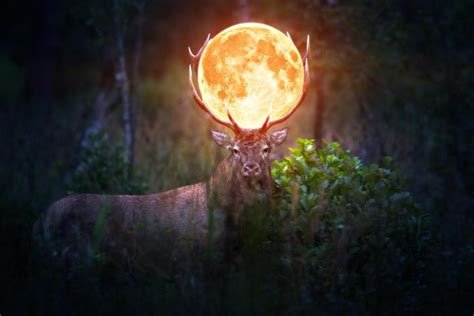hunter's moon


6:36am(29th) Sydney time / 8:36pm UTC / 3:36pm New York time
There are 12 Full Moons
Around the world, people have given names to the full moons through the year.
In America, the native American people's names of Full Moons are used a lot, such as the Sturgeon Moon for August.
It's weird because it's all kinda opposite under a southern sky.
Harvest moon in Australia would be March!
But I'll go with it..
The full Moon names used by The Old Farmer’s Almanac come from a number of places, including Native American, Colonial American, and European sources.
The Harvest Moon is the full Moon that occurs nearest to the autumnal equinox date (September 23, 2023). This means that either September or October’s full Moon may take on the name “Harvest Moon” instead of its traditional name. Similarly, the Hunter’s Moon is the first full Moon to follow the Harvest Moon, meaning it can occur in either October or November.
This year, the Harvest Moon occurred on September 29, so the Hunter’s Moon will follow it one lunar cycle later, on October 28.
Why Is It Called the Hunter’s Moon?
This particular full Moon is commonly referred to as the full Hunter’s Moon. It is believed that this name originates from the fact that it was a signal for hunters to prepare for the upcoming cold winter by going hunting. This is because animals were beginning to fatten up in preparation for the winter season. Moreover, since fields had recently been cleared out under the Harvest Moon, hunters could easily spot deer and other animals that had come out to search for remaining scraps. Additionally, foxes and wolves would also come out to prey on these animals.
The earliest use of the term “Hunter’s Moon,” cited in the Oxford English Dictionary, is from 1710. Some sources suggest that other names for the Hunter’s Moon are the Sanguine or Blood Moon, either associated with the blood from hunting or the color of the changing autumn leaves.